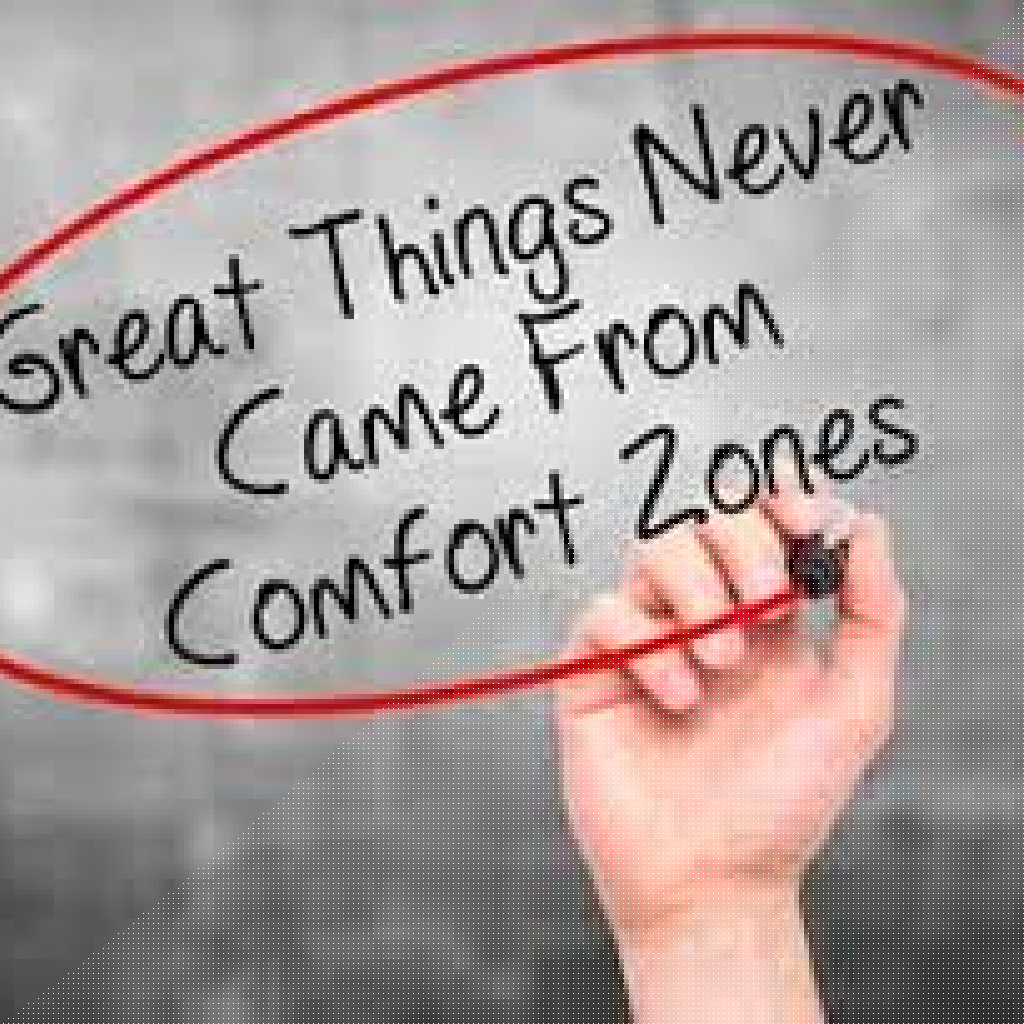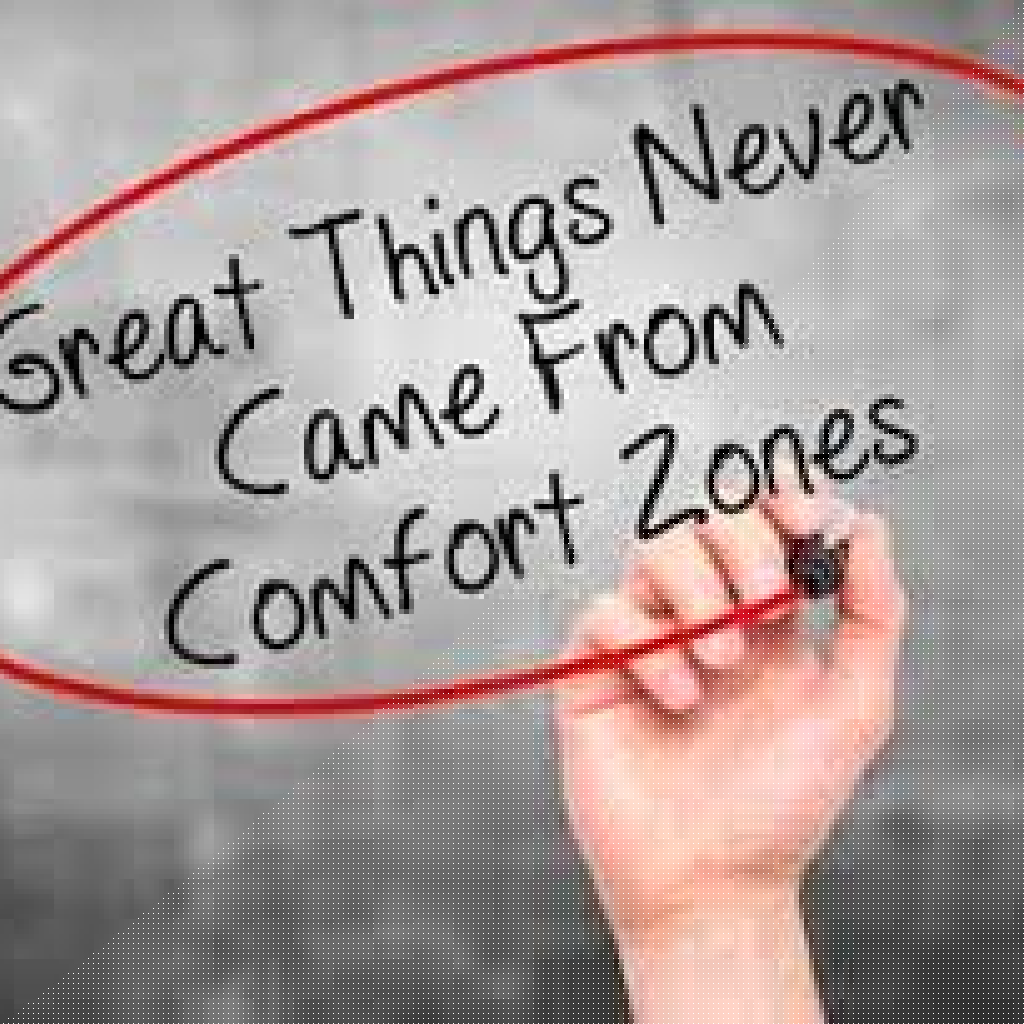Key Takeaways:
- Understanding various management styles can significantly improve team performance and motivation.
- Fostering open communication and relationship-building enhances workplace dynamics and employee engagement.
Introduction
In today’s fast-paced business environment, the role of a manager is more important than ever. Leaders must navigate not only the complexities of their organizations but also the ever-changing dynamics of their teams. This article delves into various management styles and their impact on employee performance, providing actionable strategies for modern managers.
Understanding Management Styles
Management styles refer to the unique ways that managers direct, motivate, and guide their teams. Different styles can yield varying results depending on the organizational culture, team dynamics, and the specific challenges being faced. Here are some of the most common management styles:
- Authoritative: An authoritative manager sets clear expectations and goals while providing the team with support. This style can be highly effective in a clear and structured environment.
- Democratic: This approach encourages employee involvement in decision-making, fostering a sense of ownership and commitment to team goals.
- Laissez-Faire: This hands-off management style can empower team members but requires that they are self-motivated and capable.
- Coaching: A coaching manager focuses on developing their team’s skills through feedback and encouragement, which can enhance employee motivation.
Understanding these styles is crucial for managers because aligning their approach with the needs of their team can lead to improved performance and job satisfaction.
How Does Management Impact Performance?
1. The role of communication
Effective business communication is critical. Managers must create an environment where team members feel comfortable sharing ideas and concerns. By promoting open communication, managers can enhance employee engagement, leading to better performance outcomes. For example, conducting regular one-on-one meetings can provide opportunities for feedback and discussion, thereby driving performance improvements.
2. Building relationships
Relationship building is vital in today’s workplace. Managers who invest time in understanding their employees foster a more engaged and productive work environment. This often translates to lower turnover rates and higher overall performance. Real-world case studies suggest that teams with positive relationships are more likely to collaborate effectively, leading to innovative solutions and enhanced outcomes.
What Are the Best Practices for Hiring and Promoting Employees?
Hiring the right talent is foundational to an organization’s success. Managers must adopt effective hiring practices that not only assess the skillsets of candidates but also consider cultural fit. Here are some tips:
- Behavioral interviewing: Ask candidates how they handled specific situations in the past to gauge their problem-solving skills.
- Team involvement: Include team members in the interview process to ensure candidates fit well with the existing culture.
- Continuous learning: Develop a growth mindset within your organization—an emphasis on learning and development can attract high-quality candidates.
Promotion strategies also play a significant role in performance management. By establishing clear criteria for advancement and offering professional development opportunities, managers create an atmosphere of motivation among employees.
How Can Diversity Training Benefit Your Team?
Diversity training aids organizations in creating a more inclusive workplace where all employees feel valued and understood. A diverse team brings varied perspectives, which can lead to more innovative solutions and improved problem-solving capabilities. Managers should consider implementing regular diversity training sessions to foster understanding and cooperation among team members.
Enhancing Employee Motivation
An engaged team is typically a high-performing one. Managers can enhance employee motivation by implementing several key strategies:
- Recognition and rewards: Regularly acknowledge achievements, both big and small, to boost morale.
- Professional development: Offer opportunities for growth and development—employees who feel they are growing in their roles are more likely to stay engaged.
- Flexible work environments: Allow for work-life balance through flexible scheduling or remote work options, which can significantly improve employee satisfaction and productivity.
Tackling Challenges with Employees
Working with challenging employees is an inevitable part of management. Effective conflict resolution skills are paramount. Here are some strategies:
- Active listening: Always approach conflicts with an open mind—understanding the employee’s perspective can help facilitate resolution.
- Set clear expectations: Clearly communicate what is expected from each team member and provide constructive feedback regularly.
- Seek solutions together: Engage in collaborative problem-solving—this approach empowers employees and can foster a strong team dynamic.
Conclusion
In conclusion, mastering various management styles and applying effective communication techniques can significantly enhance employee performance and satisfaction. By understanding the unique needs of their teams, managers can tailor their approaches to address specific challenges. With the right strategies in place, fostering a motivated, engaged, and productive workforce becomes a tangible goal, paving the way for organizational success.
Final Thoughts
The landscape of management is constantly evolving. By embracing these practices and tailoring them to fit the specific needs of their teams, managers can positively impact performance and cultivate a thriving workplace culture.













